
Overview Development and origin of trade mark applications
In the second year of the coronavirus pandemic, too, the number of trade mark applications continued to increase. Compared to 89,442 applications in 2020, we received 92,317 applications last year, representing an increase of 3.2% and the highest level since the Internet boom 22 years ago. This figure consists of 87,631 applications (+3.6%) filed directly with our office and 4,686 applications for international registrations of marks (-2.8%) transmitted to us by the World Intellectual Property Organization (WIPO). However, as the increase in applications was even markedly larger in the previous year (by 13.5% from 2019 to 2020), we expect the boom in trade mark applications caused by the pandemic to start running out.
The number of registrations again increased significantly. Compared to 60,428 registrations in 2020, we saw 68,597 registrations last year — an increase of 13.5% and an all-time peak. There was a marked decrease in pending application procedures, from 27,075 at the end of 2020 to 23,344 at the end of 2021.
The number of EU trade mark filings with the European Union Intellectual Property Office (EUIPO) increased again. Compared to 177,909 applications in 2020, 197,909 applicants opted for a EU trade mark last year, i.e. an increase of 11.7%. Although 27,571 of these applications came from Germany (previous year: 24,990), Germany was not the top country in terms of applications filed with EUIPO. With 34,377 applications, China led the ranking of applications. With 20,105 applications, the United States took third place.
The figures for filings with our office presented a similar picture. Applications from China continued to increase slightly, as 2,347 applications were filed directly with us in 2021 compared to 2,256 applications in the previous year. This means that by far most of the foreign direct applications with the German Patent and Trade Mark Office (DPMA) came from China. With 675 applications, the United States took second place.
As in the previous years, class 35 (advertising; business management, organisation and administration; office functions) was the class most frequently indicated in trade mark applications in 2021 (indicated in 29,974 applications in 2021). As in the previous year, it is followed by class 41 (providing of training; entertainment; sporting and cultural activities) and class 9 (electrical apparatus and instruments; computer hardware; software; optical apparatus and instruments), indicated in 20,483 and 16,613 applications respectively.
It is noticeable that class 21 (household and kitchen utensils, +18%), class 30 (foodstuffs of plant origin; +14.4%), class 29 (foodstuffs of animal origin; +14.7%), classes 32 and 33 (non-alcoholic and alcoholic beverages; +15% each) and class 28 (playthings and sporting articles; +16.6%) were indicated significantly more frequently. We assume that people’s consumption habits changed due to the pandemic. Where group activities were no longer possible or very restricted, there was an increase in the demand for independent activities.
In our opinion, it is a side-effect of the pandemic that class 5 (pharmaceuticals; plasters, materials for dressings) and class 10 (medical apparatus and instruments; orthopaedic articles) were indicated less frequently, namely with decreases of 7.8% and 20.4% respectively. After these classes had seen significant increases in the previous year, the demand for new trade marks seems to have been saturated.
Class heading according to current version of Nice Classiffication, available here.
1 A trade mark application can be attributed to several classes.
A look at the origin of the national trade mark applications shows that most applications per 100,000 inhabitants came from the city states of Hamburg and Berlin. With many companies being based there, this does not come as a surprise. Of the territorial states among the German Länder, Bavaria and North Rhine-Westphalia were the ones with most applications per 100,000 inhabitants. This is directly linked to their economic power. There have been no changes in recent years.
If the cursor is moved over the chart, it shows the trade mark applications in 2021 and the applications per 100,000 inhabitants as well as the change in percent per German Länder (residence or principal place of business of the applicant).
If you compare the number of new applications for national trade marks (87,631) to the number of registrations (68,597), withdrawals (13,066) and refusals (9,634), it is noticeable that only approximately 10% of the applications are refused by the trade mark divisions. Only in these few cases, a negative decision is made. Of the 9,634 refusals, 316 were challenged by way of an appeal to the Federal Patent Court. This is a very small portion.
The picture is similar with regard to the decisions made by the trade mark divisions in opposition proceedings. In 2020, 2,745 trade marks were challenged by way of an opposition, compared to 3,225 trade marks in 2021. In 2020 and 2021, 3,225 and 2,973 procedures respectively were concluded, i.e. terminated by a decision of the trade mark division, a withdrawal of the opposition or a surrender of the trade mark. In 2020 and 2021, 253 and 191 decisions respectively were challenged by way of an appeal to the Federal Patent Court.
In our opinion, the small number of decisions appealed is mainly due to the strategy of the applicants, who are not interested in being engaged in disputes but in the renewal and validity of their trade marks. This also mirrors, to a certain degree, an established decision-making practice of the trade mark authorities in Europe. If many questions were still open upon entry into force of harmonised trade mark law in the European Union in 1995, most of them have been solved in the meantime and the outcome of the procedures is often foreseeable.
| Selected data | 2017 | 2018 | 2019 | 2020 | 2021 |
|---|---|---|---|---|---|
| New applications | 72,048 | 70,534 | 73,635 | 84,623 | 87,631 |
| Registrations | 50,954 | 50,584 | 55,026 | 60,428 | 68,597 |
| Refusals | 6,682 | 7,081 | 6,883 | 6,606 | 9,634 |
The top companies in terms of new trade mark registrations vary considerably each year. The reason for this is that filings by companies go in waves; this means that even renowned companies with large trade mark portfolios file many successful applications for trade marks in one year and only few successful applications for trade marks in the next year. In 2021, Make Great Sales Ltd., a US company, took first place with 79 registrations, followed by Bahlsen GmbH & Co. KG with 66 registrations and Private Mark GmbH with 65 registrations.
About 35 staff of the trade mark administration at the Jena location deal with all post-registration and secondary procedures after the definitive registration of a trade mark. These include, in particular, renewals, the recording of changes, restrictions on disposal, licensing procedures and cancellations. Furthermore, the trade mark administration staff issue priority documents, certifications of origin and other register extracts.
At the end of 2021, the register contained 868,401 trade marks. With 80,737, the number of recorded changes concerning the proprietor, representative or address for service was significantly above the previous year’s figure (68,863). With 35,945, the number of renewals decreased slightly compared to the previous year (39,491). With 45,450, the number of trade mark cancellations due to the non-renewal of the term of protection or a surrender was at the previous year’s level (44,799). Licences were entered in the register for 39 trade marks. The declarations of willingness to license or sell/transfer continued to gain importance, as the German Patent and Trade Mark Office received from the proprietors registered in the register non-binding declarations of willingness to grant licences with respect to 18,526 trade marks (previous year: 12,258) and non-binding declarations of willingness to sell/transfer with respect to 9,435 trade marks (previous year: 6,195).
For further statistical data on trade mark administration, please see the “Statistics” chapter.
Pursuant to the Trade Mark Act (Markengesetz), anybody may request cancellation of a registered trade mark. A reason for cancellation must be stated in the request, which is subject to a fee. A reason for cancellation may be the non-use of a trade mark, referred to as “revocation” in the Trade Mark Act. An application for revocation filed on 1 May 2020 or later now allows revocation proceedings to be fully conducted before the DPMA if the trade mark proprietor objects to the application for revocation and cancellation of his/her trade mark and if the person filing such an application pays a fee of 300 euros for pursuing the application for revocation further. Previously, the person filing the application had to further pursue his/her application before the ordinary courts. In 2021, 416 applications for revocation or invalidation were received (previous year: 444). Requests to further pursue revocation proceedings before the DPMA were filed in 229 cases (previous year: 111).
Furthermore, since 1 May 2020, it has been possible to file an application for a declaration of invalidity and cancellation of a registered trade mark with the DPMA — or an application for invalidation of the part of an international registration of a mark extended to Germany — due to the existence of conflicting earlier rights within the meaning of sections 9 to 13 of the Trade Mark Act. Previously, such proceedings were only possible before the ordinary courts. In 2021, 128 such applications were received (previous year: 90).
Another reason for cancellation is the existence of absolute grounds for refusal at the time of filing the application. In 2021, 159 requests (previous year: 259) were based on this reason. Absolute grounds for refusal may exist if the challenged trade mark lacks distinctiveness at the time of filing the application or if it is descriptive of a product. Another absolute ground for refusal is the filing of a trade mark application in bad faith. This reason was given for 82 requests for cancellation (previous year: 125), i.e. for roughly 51.6% of all requests for cancellation based on absolute grounds for refusal. A trade mark application is filed in bad faith if the trade mark proprietor files the application with the intention to impede others in an anti-competitive manner.
Briefly explained: Non-registered use-based trade marks Protection through prominence
A trade mark is only valid if it is registered? That is not true in every case. Particularly well-known signs may enjoy protection even though they do not appear in the register. But the requirements for protection are high and there are risks involved.
Trade mark protection is almost always associated with the registration of a trade mark in the register. This applies to national trade marks, which are examined and registered by the DPMA, as well as to international registrations of marks and European Union trade marks, which are valid throughout the European Union. The registration of a trade mark in a register has crucial advantages: There is no need for discussions about whether and when it was created or about the subject matter of protection; a glance at the register is sufficient.
Protection by registration in the register does not constitute a rule without exception: There are also trade marks that are actively used but not registered, often because the owner simply has not applied for registration. But legal reasons can also play a role. Until early 2019, for example, the protection of sounds as sound marks was de facto impossible. Sounds were considered incapable of being represented graphically. Since there is no longer a need to graphically represent a trade mark as a condition for registration, it is now possible to apply for and register these trade marks.
Recognition has to be proven
According to the Trade Mark Act (Markengesetz), for a trade mark to be valid even without registration, it must have acquired public recognition in the affected trade circles through use. This is not easily achieved. In the case of signs that are by their nature capable of being protected, it means that about 20% to 25% of the potential consumers must recognise the trade mark and also be able to identify it as the trade mark of the user. This is not exactly a small number, because potential consumers include all people in Germany who might be potential buyers of the goods and services. As a rule, proof of “having acquired public recognition” can only be produced by submitting a market survey. Such a survey is expensive and the outcome is sometimes uncertain.
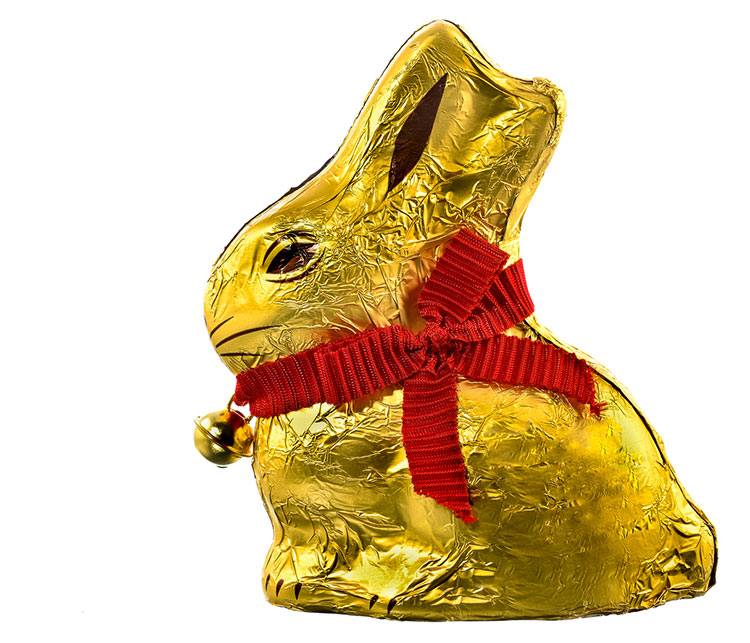
Dispute over the golden bunny
Despite these difficulties, there are trade marks which are referred to as “non-registered use-based trade marks”. In 2021, for example, the Federal Court of Justice (Bundesgerichtshof) ruled that the Lindt company was entitled to claim a certain shade of golden colour as a colour mark for its “Goldhase” chocolate Easter bunnies. A survey has revealed that 70% of the buyers of chocolate Easter bunnies recognise this golden colour as the golden hue used by Lindt. However, it is not yet clear whether, as a result of this, Lindt can take action against the distribution of a competitor’s gold-coloured Easter bunny. The Federal Court of Justice remitted this case to the lower court, the Munich Higher Regional Court.
Therefore, we make a clear recommendation: A registered trade mark is always the simpler, safer and better way.
You can find more information on how to register your trade mark on our website

Interview: Head of Directorate General Barbara Preißner on trade mark trends “I am really impressed by the creativity of our applicants”
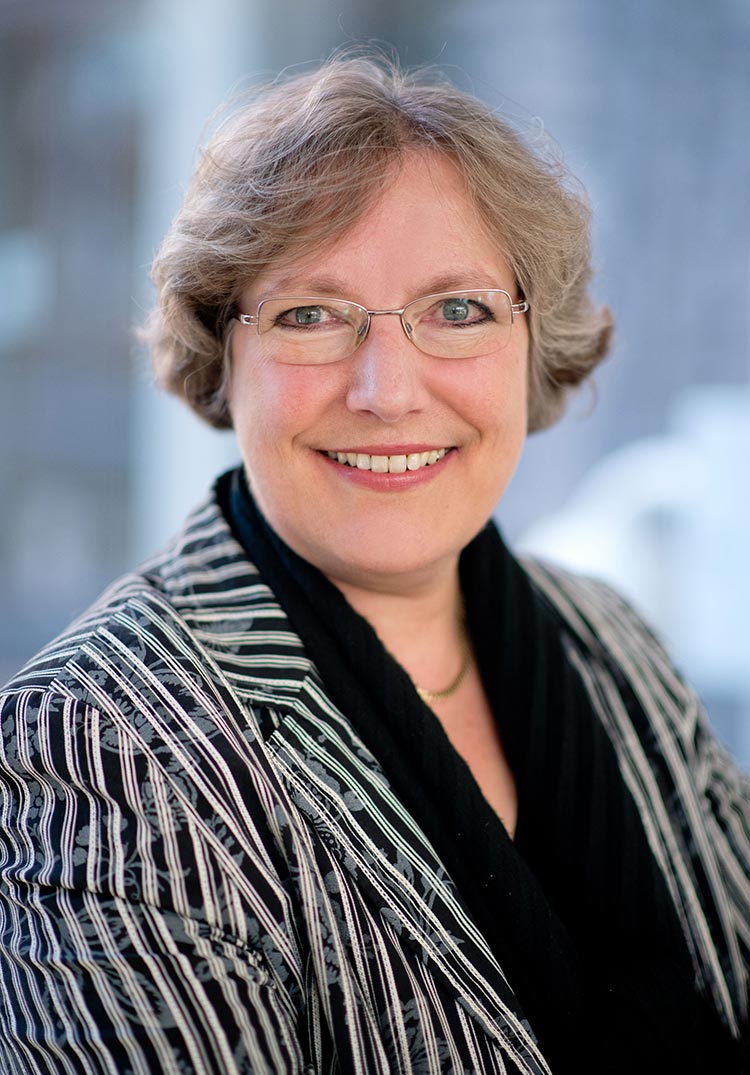
The Head of Directorate General Trade Marks and Designs, Barbara Preißner, on soaring numbers of applications during the lockdown, different needs of customers and the special attraction of the official Trade Mark Journal (Markenblatt)
Ms Preißner, the demand for trade marks is greater than ever before. Could you please describe the historic boom in 2021 from your point of view?
In the second lockdown at the beginning of 2021, the number of applications virtually exploded. The first four months saw 28% more applications than from January to April in the previous year when there were already high increases too. This was an enormous challenge for the examiners, many of whom worked from home. The fact that the number of completed cases increased significantly during that period shows that the examiners gave their all. It was also a contributing factor that our electronic file processing was so reliable.
In the course of the year, demand dropped again somewhat.
Yes, fortunately. That gave us some breathing space, which we needed badly. The circumstances were very demanding for many staff, not only at work but also in their private lives. A little slack during the summer was really needed. Many took their first holiday in a long time.
Is it possible to say in which direction the applications developed during the lockdown and afterwards?
In totally different directions. On the face of it, we have had the most substantial increases in the area of food and beverages in 2021. But the trade marks themselves are as diverse as the goods and services for which they can be applied for. I am always surprised and really impressed by the creativity of our applicants. If you want to get an idea of the vibrancy of our business life, then you should download a copy of the Trade Mark Journal and have a look at all the newly registered trade marks published within a week. These are often almost a thousand trade marks with many good ideas. By the way, the download is free of charge and easy on our website.
Is it possible to discern any long-term trends in application activity?
It seems to me that the option of filing trade mark applications without signature via the Internet has lowered the threshold for filing applications. It is now very easy even for private individuals to apply for a trade mark. The basic fee of 290 euros is not an obstacle for many either. As a result, we have an even broader group of applicants than in the past. In contrast to patents, there are only a few applicants who file a large number of trade mark applications. While there are various companies with more than a thousand patent applications per year, a double-digit number of trade mark applications per year is quite exceptional.
You say that the applicant community in the field of trade marks is highly diverse — from large companies with a lot of trade mark expertise to companies consisting of only one person — how do you take this into account?
For example, we provide plenty of help and support both on our web pages, some of which specifically target small and medium-sized enterprises (known as SMEs), and in the process of filing electronic applications. There should be the right information for everyone. This is not only to ensure that a trade mark applied for is registered, but also that it is valid, i.e. that it is not cancelled due to oppositions or applications for a declaration of invalidity.
70 years ago: First Mickey Mouse comic book comes out in Germany The mouse that brought colour to the country
Cheer, clap, grin! 70 years ago, the colourful stories about a little mouse conquered the German magazine market and enriched German grammar with the “Erikativ” in the process. Next year, copyright protection for “Mickey Mouse” will expire. However, the Disney Group also owns quite a few trade mark rights.
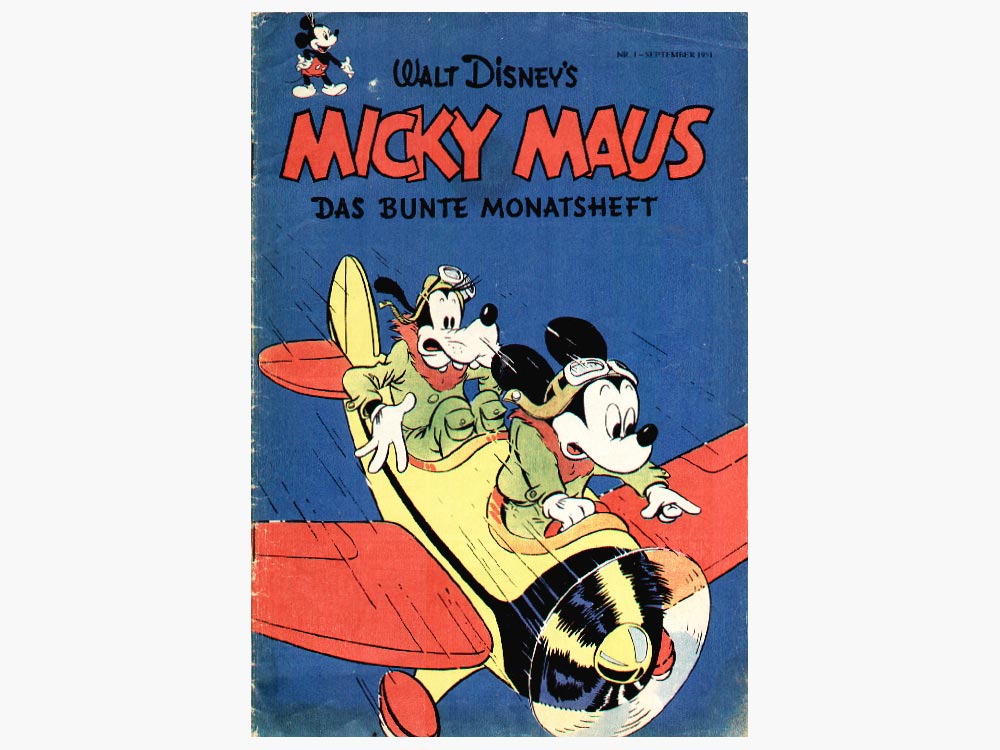
Title of the first German Mickey Mouse magazine, September 1951
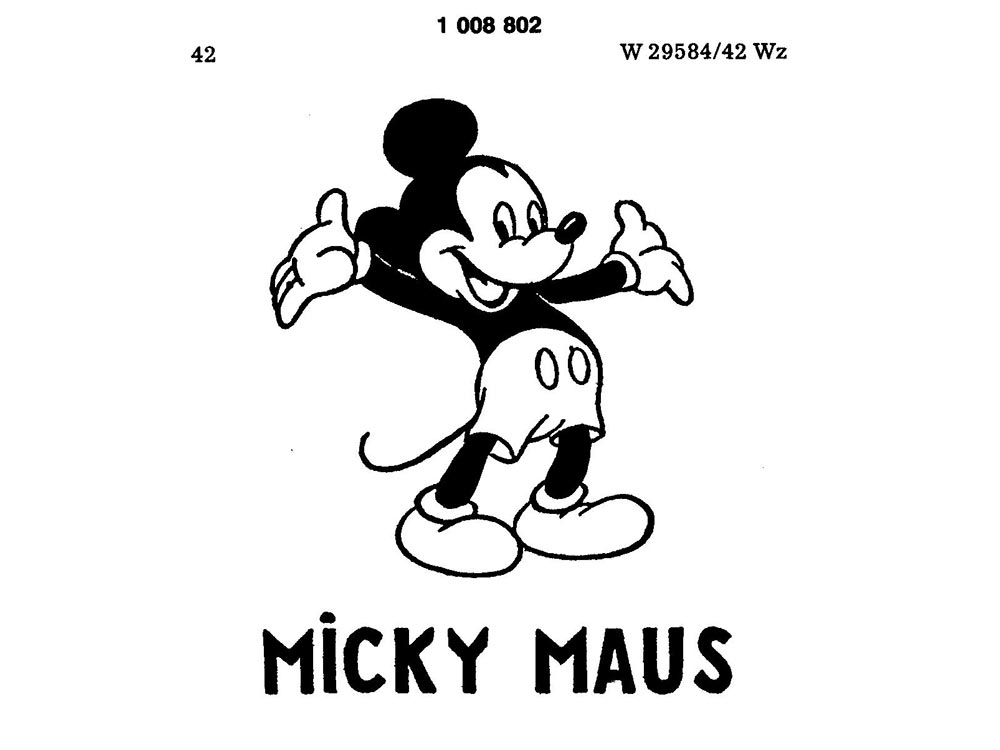
The German version of the mouse (1008802 DE)
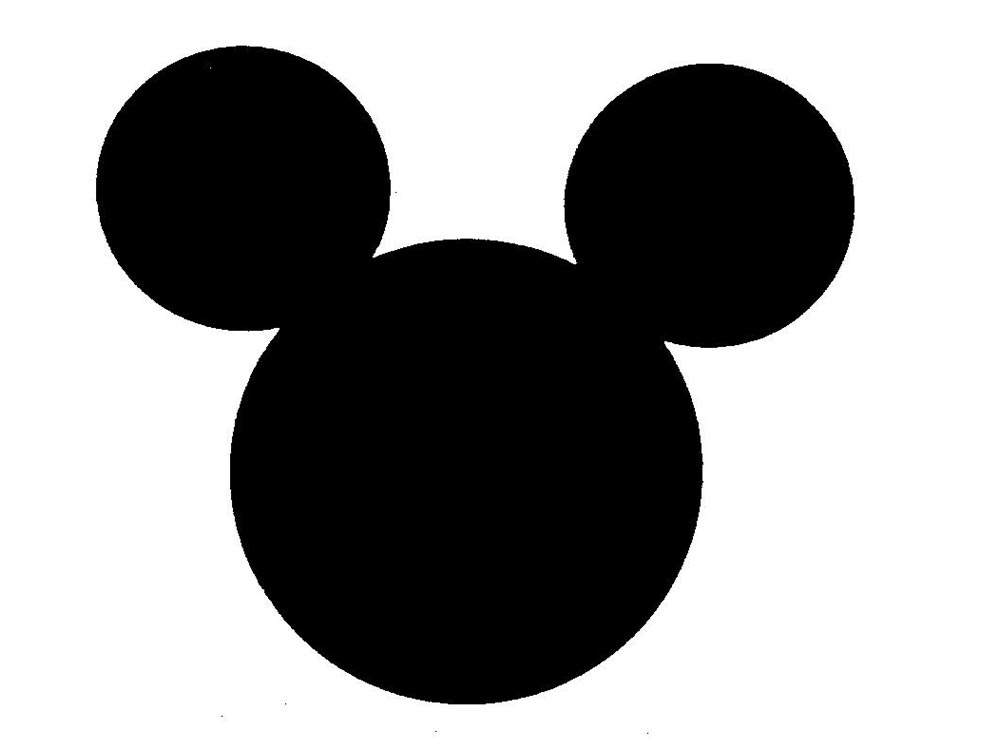
EU trade mark EM 000872978
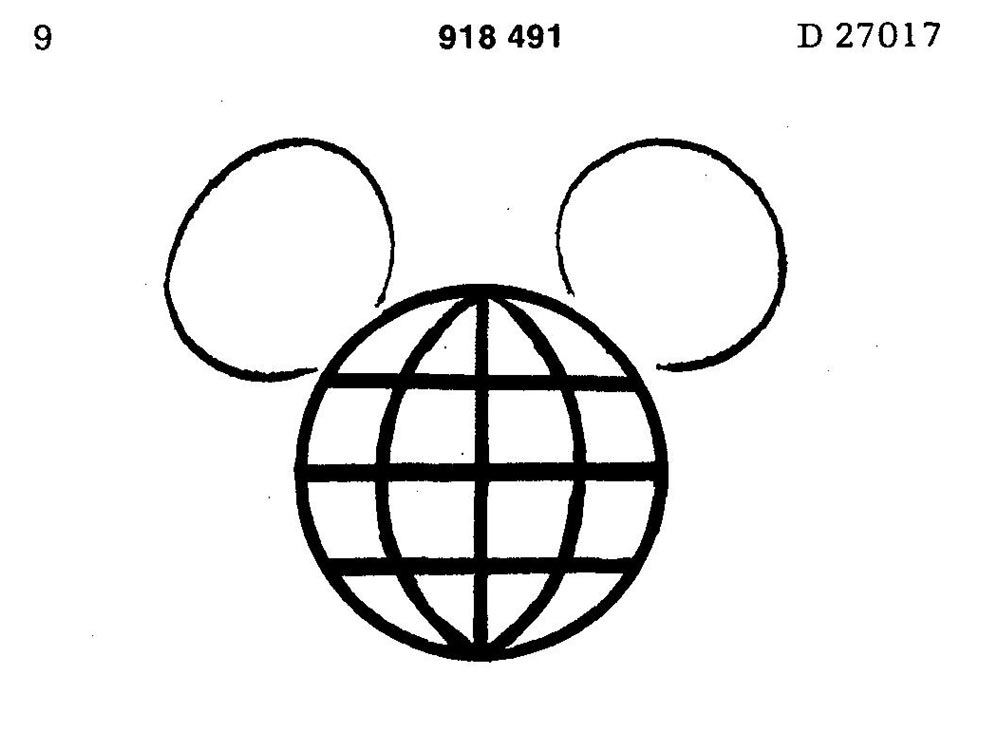
918491 DE
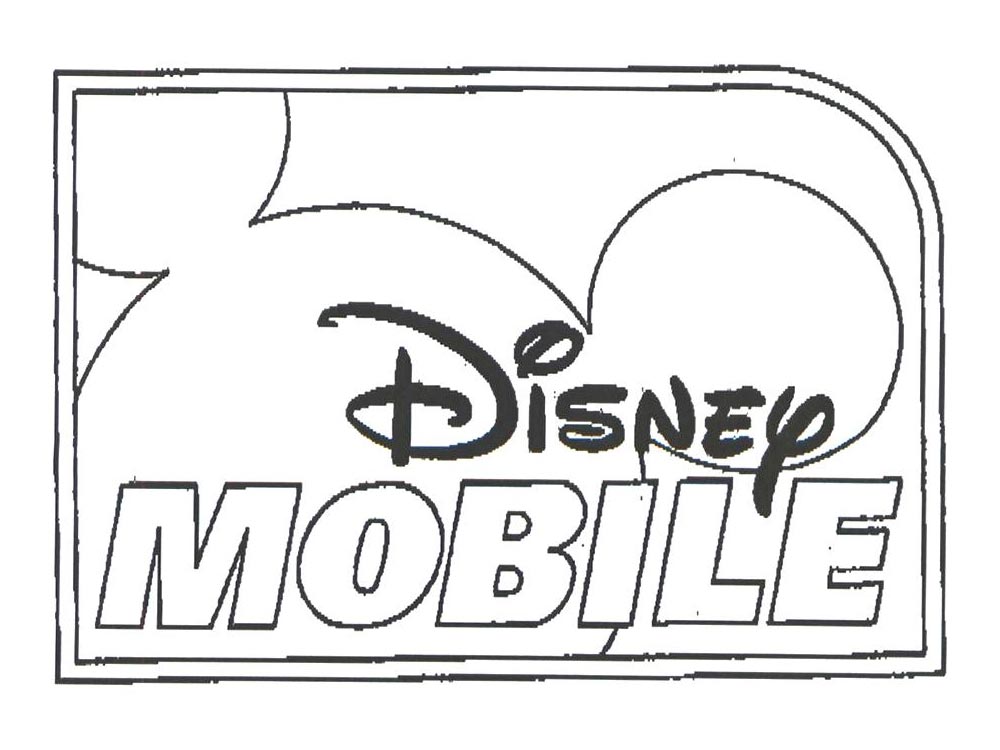
EU trade mark EM 002946929
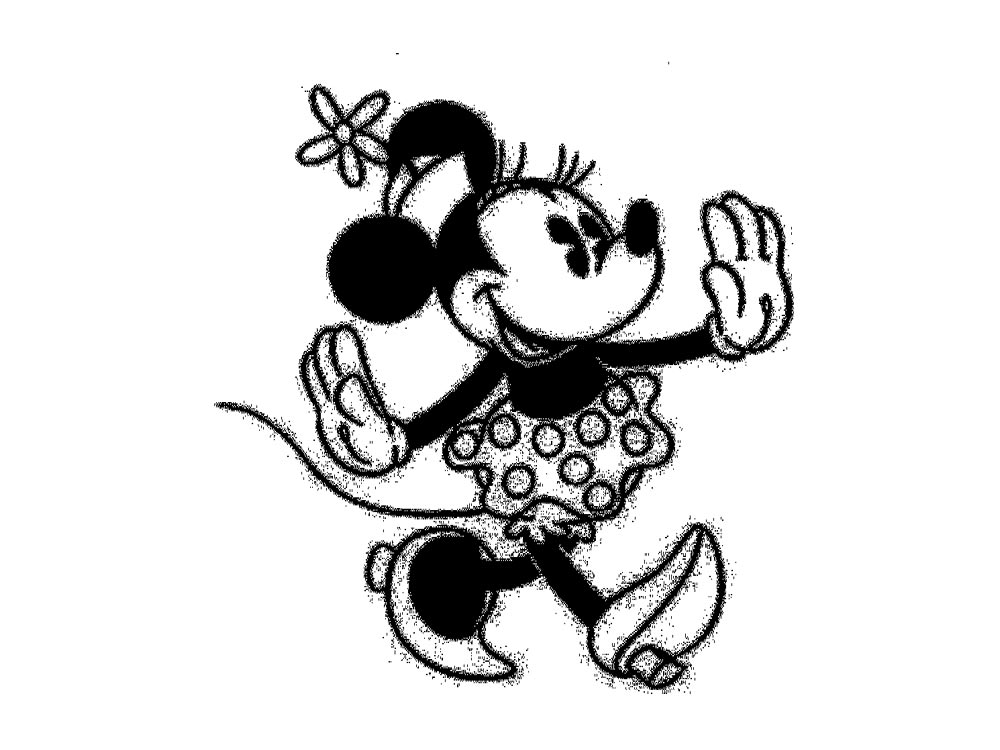
Permanent girlfriend Minnie Mouse, protected by trade mark (register number 003332905)
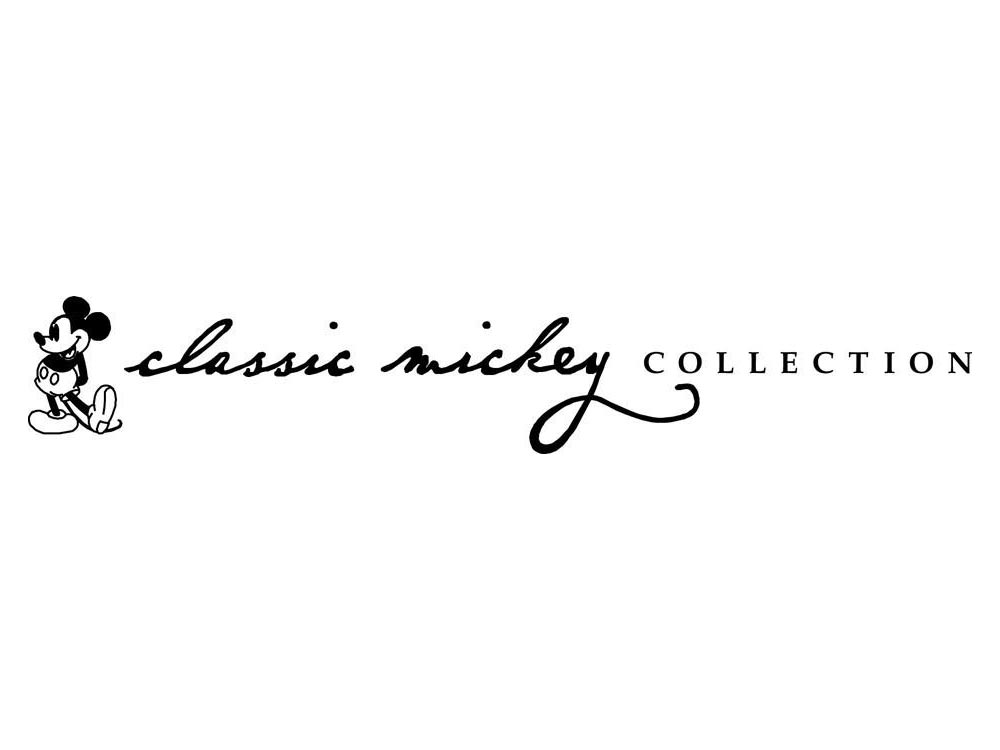
EU trade mark EM 004997037
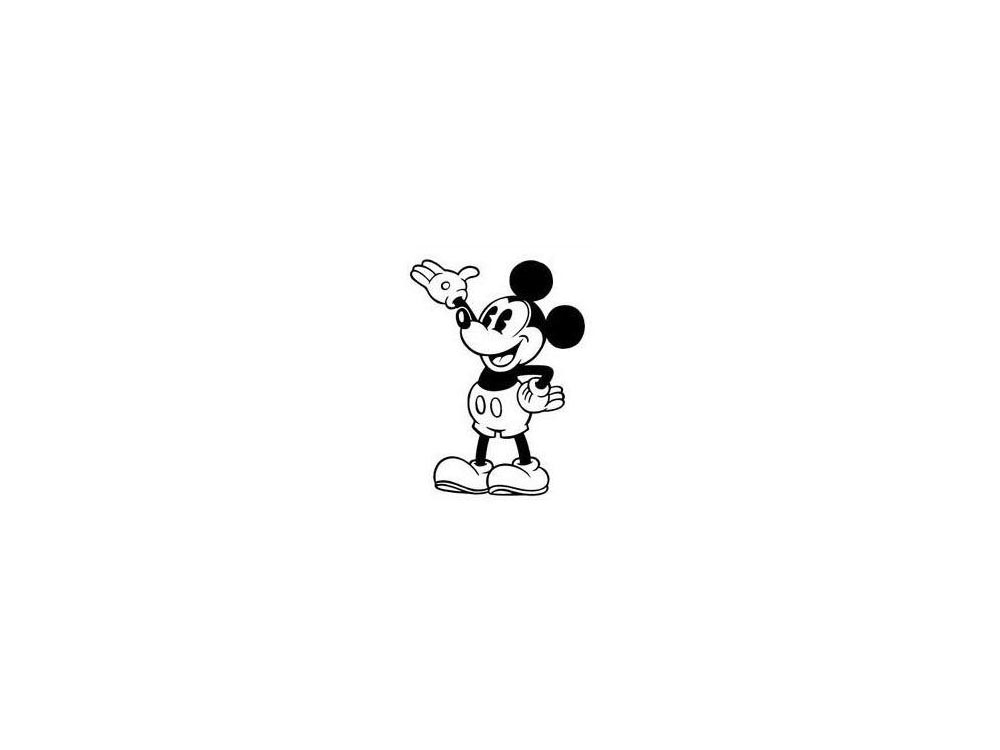
EU trade mark EM 018144471
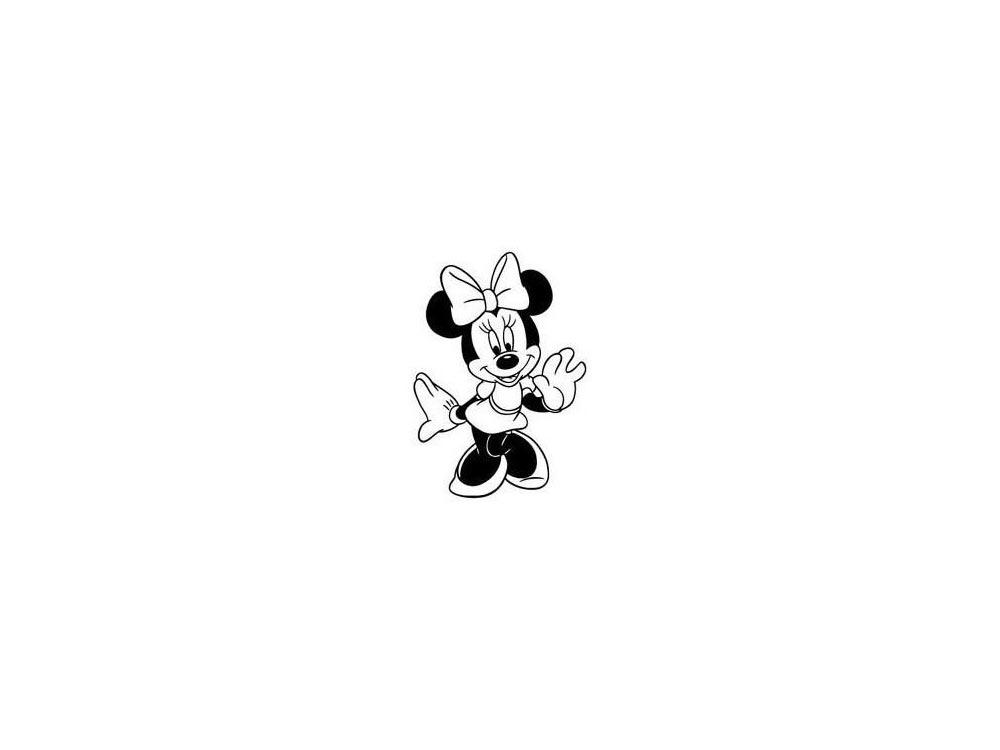
EU trade mark EM 018144473
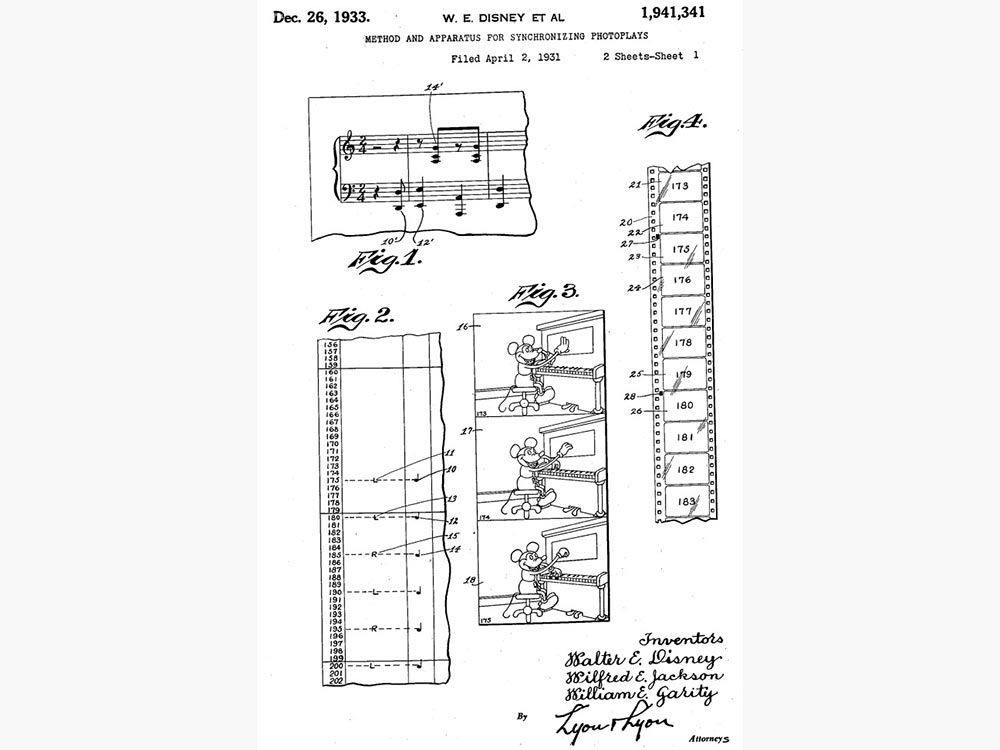
"Method for synchronizing photoplays" (US1941341A)
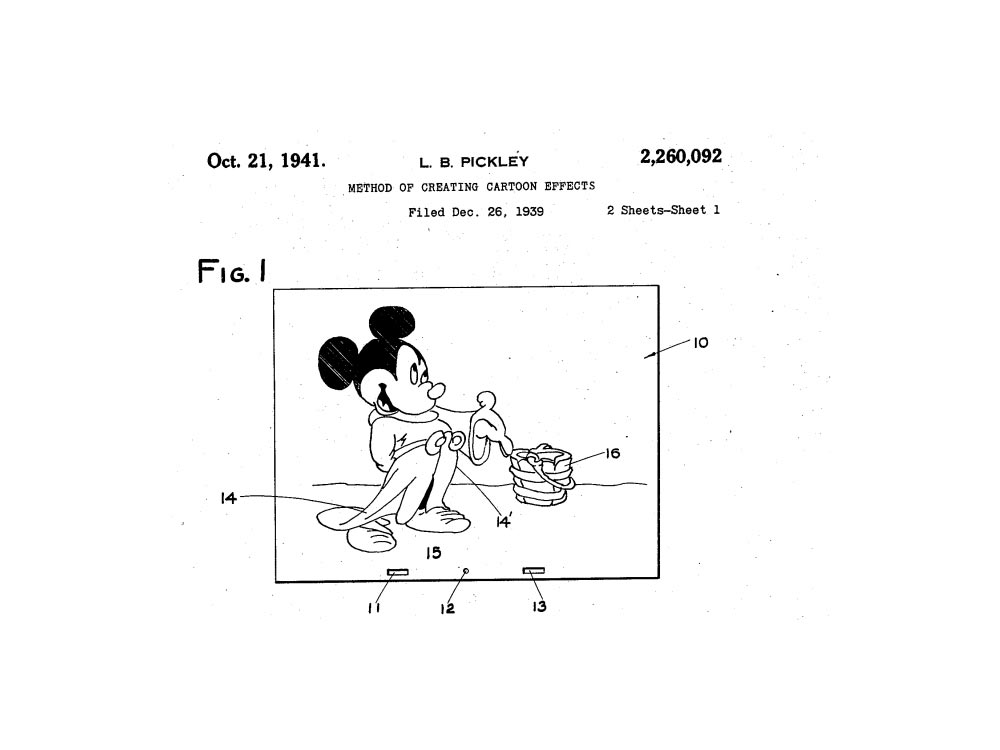
"Method of creating cartoon effects" (US2260092A)
In September 1951, the number one edition of the “Micky Maus Magazin” came out in Germany. The first real comic book on the black-and-white dominated (West) German print magazine market came as a colourful bombshell. Fusty bourgeois intellectuals used to rail against the comics, calling them “trash”. However, that could not stop the triumphant advance of comics in the country of the picture story pioneer Wilhelm Busch.
The “colourful monthly” was produced using four-colour printing and consequently expensive: It cost 75 pfennigs — roughly an average hourly wage at that time. Nevertheless, around 130,000 copies of the first issue were sold. The readership must have been many times larger, because the comic books were passed on among friends. Soon the circulation rose to 400,000. The publication frequency was increased to weekly. It remained that way for almost 60 years.
Phenomenal penchant for verse
The first editor-in-chief of “Micky Maus Magazin” was art historian Dr Erika Fuchs. As a translator, she brought the language of the original US comic to a snappy literary level. Her hidden quotations from classics, her stave rhymes and, above all, her onomatopoetic neologism are legendary; she reduced verbs to the stem in order to represent sounds and feelings: Brood! Moan! Gulp! Sigh! This new “inflective” was later called “Erikativ” in her honour.
Following German unification, the magazine of the Ehapa publishing house temporarily reached record circulations of one million copies. After a rapid decline, the print run has now settled down to about 70,000 copies and is now published only fortnightly, but often it includes a “gimmick” (DE word mark 954028), an idea originating from its former rival paper “Yps”, which meanwhile was taken over by Ehapa.
International career since 1928
When Mickey Mouse (396494501 DE) came to Germany, he was probably the world‘s best-known comic figure. Mickey had had his debut on 15 May 1928 in the short film “Plane Crazy” (already at Mickey’s side was girlfriend Minnie Mouse, IR 151050). However, it was not until “Steamboat Willie” came out a few months later that Mickey became famous.
Up to now, the anthropomorphic “Mickey Mouse” has been the trade mark of one of the world’s largest entertainment groups with an annual turnover of around 75 billion dollars (2020). In 2023, copyright on this early version of Mickey will expire. The US government had twice extended the legal duration of this IP right — probably in no small part due to the insistence of the Disney group. Now it should be interesting to see what legal strategies Disney will pursue from 2023 onwards in order to keep control of the use of its most famous character. Trade mark rights will play an important role in this context. Currently, the DPMAregister database of the DPMA contains more than 1,100 Disney trade marks.